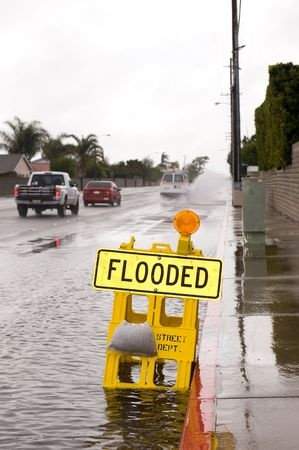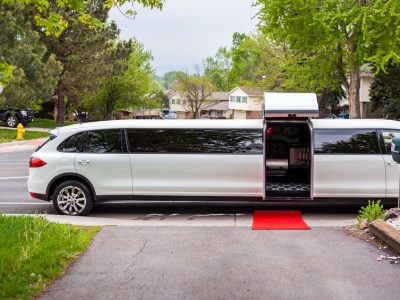

Rain Weather Car Accidents Biggest Weather-Related Road Hazard
Poor weather conditions of all kinds increase the risk of car accidents; almost one quarter of all US car crashes are weather related, according to the Federal Highway Administration. Rainy and wet road conditions are particularly hazardous, with 74 percent of all weather related car accidents occurring on wet pavement and 46 percent occurring during rainfall. For comparison, 12 percent of weather-related accidents occur on icy roads while 14 percent occur on snowy or slushy pavement. That means that wet roads contribute to five times as many car accidents as icy, snow road conditions. One of the biggest factors is driving behaviors; drivers are more likely to slow down when they know that roads are icy than when they are wet.
If you or a loved one was injured in a car accident due to another driver’s careless or reckless actions in rainy weather conditions, contact a personal injury lawyer right away. He or she may be able to help you settle with the insurance agency for several times what you could negotiate on your own.
Road hazards that contribute to rain weather car accidents include:
- Slipping and longer brake-time from decreased tire traction
- Brake failure from wet breaks
- Decreased visibility
- Hydroplaning
WA State rainy weather related driving laws
Each state has its own laws for speed limits and headlights when a driver is in rainy weather conditions. In the case of Washington State, there is some ambiguity and room for interpretation in both the laws about headlights and speed limits during rainy weather conditions.
Headlights
According to RCW 46.37.020, “every vehicle upon a highway” at “half hour after sunset to a half hour before sunrise” must have their headlights turned on. The law is not as clear when it comes to usage in rainy weather conditions, simply stating that headlights may be required at “any other time when, due to insufficient light or unfavorable atmospheric conditions” exist. In other words, it is up to the discretion of the police officer whether a motorist broke the law by failing to activate their headlights during rainfall. Regardless, it is a safety measure to activate headlights during periods of decreased visibility such as during a rainfall.
Speed limits
In regard to speed limits, RCW 46.61.400 states that “No person shall drive a vehicle on a highway at a speed greater than is reasonable and prudent under the conditions and having regard to the actual and potential hazards then existing. In every event speed shall be so controlled as may be necessary to avoid colliding with any person, vehicle or other conveyance on or entering the highway in compliance with legal requirements and the duty of all persons to use due care.” Here again, there is ambiguity in the law. A police officer may ticket a driver who he deems is driving too fast to safely navigate their vehicle during rainy weather conditions. Many rainy weather car accidents could be prevented if drivers simply slowed down below the posted maximum speed limit.
If you or a loved one is dealing with an accident or injury, you have enough on your plate. Let an experienced accident attorney fight for the justice and compensation that you deserve. It is not uncommon to receive a settlement from the insurance company that is five to ten times bigger with the help of a lawyer. Call the caring accident attorneys at Tario & Associates, P.S. in Bellingham, WA today for a FREE consultation! We have been representing residents of Whatcom County, Skagit County, Island County and Snohomish County since 1979. You will pay nothing up front and no attorney fees at all unless we recover damages for you!




